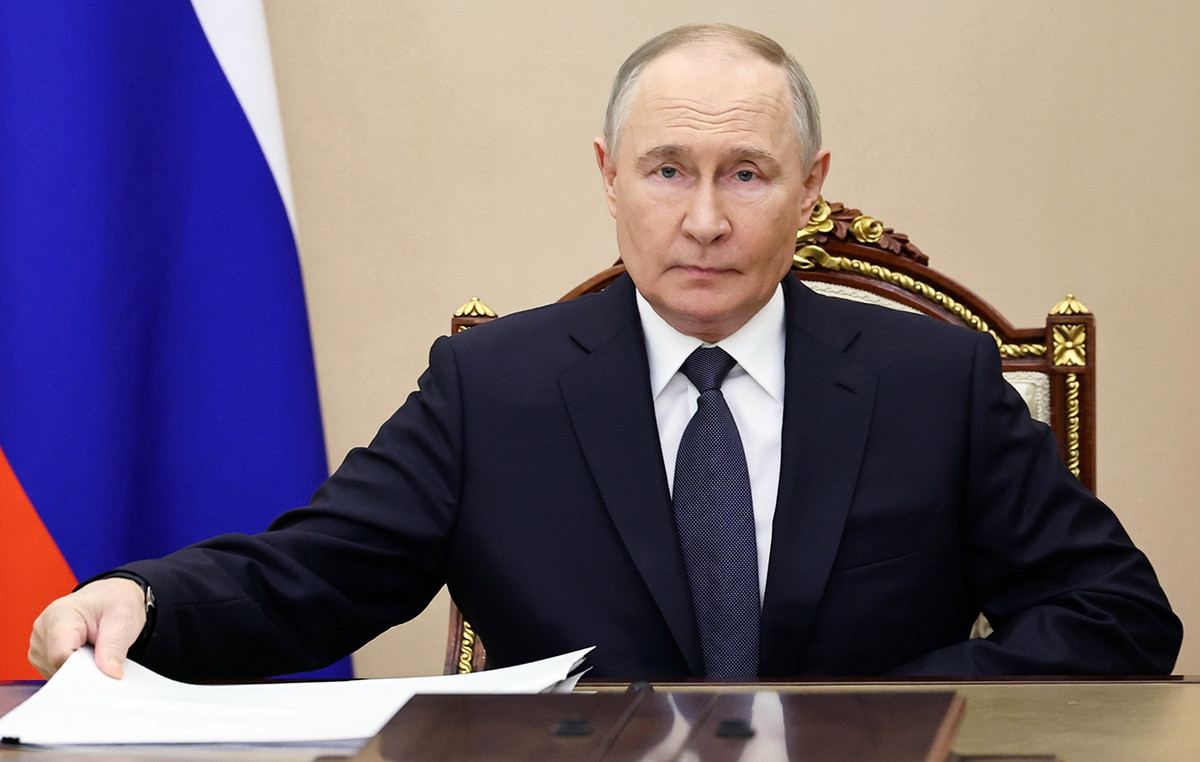Inflation in the United States, measured by the variation in the Personal Consumption Price Index (PCE), fell to 2.1% annually in September from 2.2% in August, as reported on Thursday by the Bureau of Economic Analysis (BEA). ) from the US. This figure was in line with market expectations.
Story in development, please refresh page for updates.
This section below was published as a preview of US PCE inflation data at 10:15 GMT.
- The underlying Personal Consumption Expenditure (PCE) Price Index is expected to rise 0.3% month-on-month and 2.6% year-on-year in September.
- Markets expect the Fed to cut the policy rate by 25 basis points at the next policy meeting.
- The quarterly PCE inflation data already published could lessen the impact of the monthly figures.
The US Bureau of Economic Analysis (BEA) will release personal consumption expenditure (PCE) price index data for September, which is the Federal Reserve’s preferred measure of inflation, at 12:30 GMT.
Although the PCE inflation data is usually considered a big market driver, this time its impact could be limited since the quarterly PCE inflation figures were already published within the Gross Domestic Product (GDP) report on Wednesday.
Anticipating PCE: Insights on the Fed’s key inflation metric
The core PCE price index, which excludes volatile food and energy prices, is projected to rise 0.3% in August monthly, a stronger pace than the 0.1% increase recorded in August. Over the past twelve months, core PCE inflation is expected to decline to 2.6% from 2.7%. Meanwhile, annual headline PCE inflation is forecast to retreat to 2.1% from 2.2% in the same period.
On Wednesday, the BEA reported that the PCE price index and the underlying PCE price index rose 1.5% and 2.2%, respectively, on a quarterly basis in the third quarter.
In advance of the PCE inflation report, BBH analysts expect that “the core PCE will increase by 0.3% monthly and stand at 2.6% year-on-year compared to 2.7% in August,” adding that ” “The risks are skewed to the upside because CPI inflation in September was high.”
The CME Group’s FedWatch tool shows that markets have already fully priced in a 25 basis point (bp) rate cut in November. At the last monetary policy meeting of the year, the probability of another 25 bp rate cut is around 70%, compared to a 30% probability of no change in the monetary policy rate. It is unlikely that the fuel price index figures PCE alter these probabilities significantly.
How will the Personal Consumption Expenditure Price Index affect the EUR/USD?
Eren Sengezer, Chief Analyst of the European session at FXStreet, shares a brief technical outlook for EUR/USD:
“The Relative Strength Index (RSI) indicator on the daily chart remains below 50 despite EUR/USD closing the previous three days modestly higher, highlighting a lack of bullish momentum.”
“On the upside, the 200-day SMA is aligned as a pivot level at 1.0870. Should EUR/USD rally above this level and start using it as support, technical buyers could take action In this scenario, 1.0940 (100-day SMA) could be seen as the next resistance before 1.1000-1.1010 (round level, 50-day SMA) is lined up as the first support before. 1.0670 (June static level).”
Source: Fx Street
I am Joshua Winder, a senior-level journalist and editor at World Stock Market. I specialize in covering news related to the stock market and economic trends. With more than 8 years of experience in this field, I have become an expert in financial reporting.







